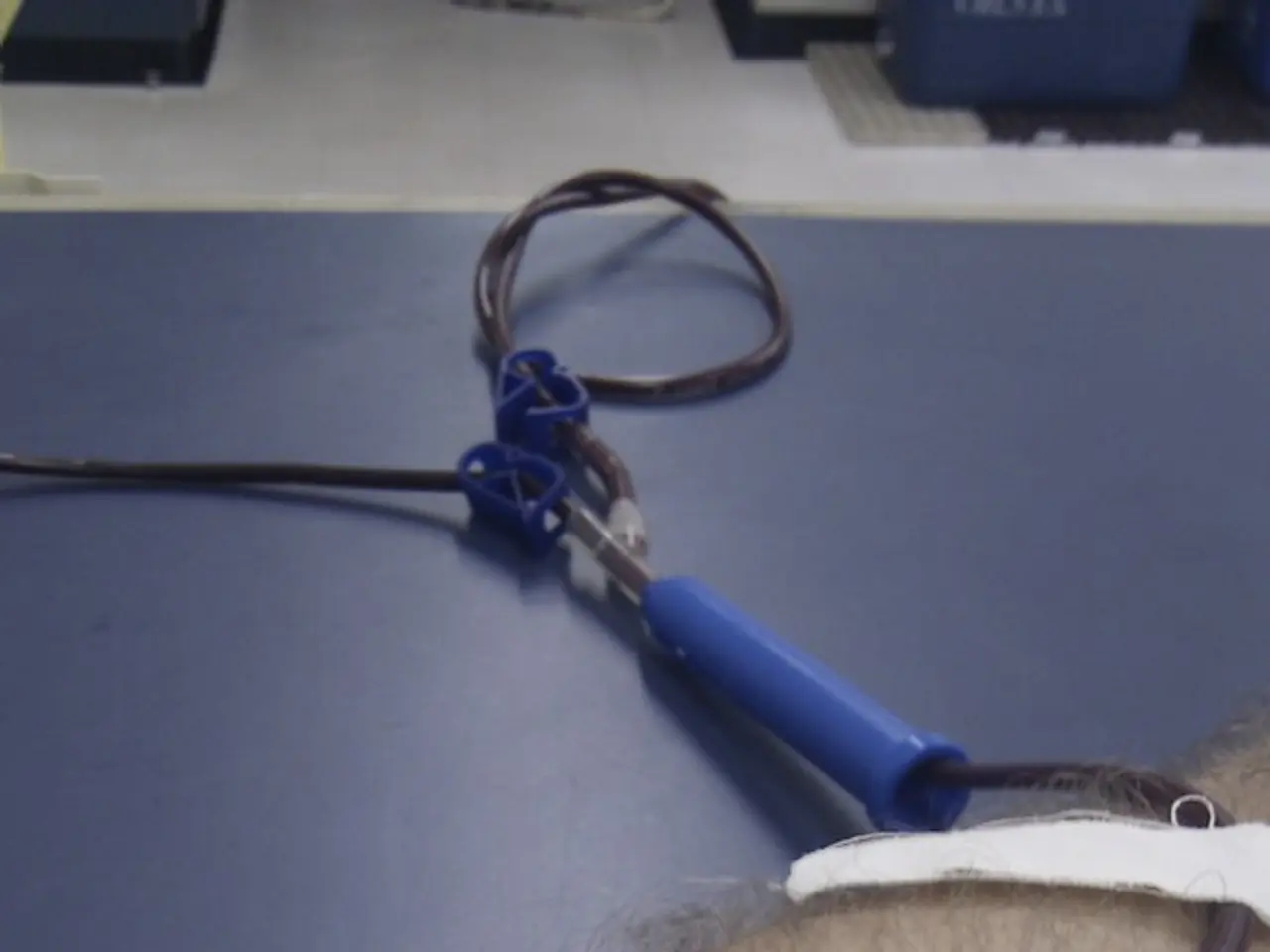Legionnaires' Disease: Understanding Its Potential Threat, Recognizing Symptoms, and Methods for Confirmation
Legionnaires' disease, a severe form of pneumonia caused by the bacteria Legionella, affects approximately 6,000 people annually in the United States, with the actual number of infections likely being higher. Legionella bacteria usually inhabit warm freshwater environments such as hot tubs, swimming pools, cooling systems, public showers, humidifiers, fountains, natural bodies of water, and indoor water systems. These microorganisms thrive in warm water and can cause infection by being inhaled as contaminated water droplets.
Untreated Legionnaires' disease can lead to serious complications such as respiratory failure, kidney failure, and septic shock. However, the outlook for healthy individuals receiving prompt treatment is generally good, with recovery time depending on the severity of the disease and how quickly treatment is received. Elderly individuals and those with weakened immune systems or other medical conditions may need to stay in the hospital for an extended period.
Prevention is key in combating Legionnaires' disease. Properly disinfecting and cleaning potential sources of Legionella bacteria, such as cooling towers, pools, hot tubs, and hot and cold water systems, can significantly reduce the risk of infection. Regularly draining and cleaning pools and hot tubs, using chemical treatments like chlorine, and maintaining hot water systems above 140°F and cold water systems below 68°F are preventive measures.
It's important to note that Legionnaires' disease is not spread directly from person to person. Smoking significantly increases the risk of developing the disease. People particularly susceptible to Legionnaires' disease are older adults, smokers, and individuals with weakened immune systems, such as diabetics.
Symptoms of Legionnaires' disease usually start within 2 to 14 days after exposure and include fever, chills, cough, shortness of breath, headaches, muscle aches, loss of appetite, chest pain, fatigue, nausea, vomiting, diarrhea, confusion, seizures, and other flu-like symptoms.
Diagnosis of Legionnaires' disease can be made through blood or urine tests for the presence of Legionella antigens, sputum tests for the bacteria, and chest X-rays to determine the severity of lung infection. Treatment for Legionnaires' disease is always with antibiotics, often started as soon as the disease is suspected.
Legionella may also cause a milder condition called Pontiac fever, which doesn't cause pneumonia and isn't life-threatening. Along with Legionnaires' disease and Pontiac fever, these conditions are sometimes collectively called Legionellosis.
The bacteria were discovered after an outbreak at a Philadelphia convention in 1976. Since then, understanding and combating Legionnaires' disease has been a continuous process. Regular testing, maintenance, and prompt treatment are crucial in managing this potentially life-threatening illness. If you suspect you have been exposed to Legionella bacteria, seek medical attention promptly.
Read also:
- Abu Dhabi initiative for comprehensive genetic screening, aiming to diagnose over 800 conditions and enhance the health of future generations in the UAE.
- Elderly shingles: Recognizing symptoms, potential problems, and available treatments
- Exploring the Reasons, Purposes, and Enigmas of Hiccups: Delving into Their Origins, Roles, and Unsolved Aspects
- Various forms of cataracts include nuclear, pediatric, traumatic, and additional types







